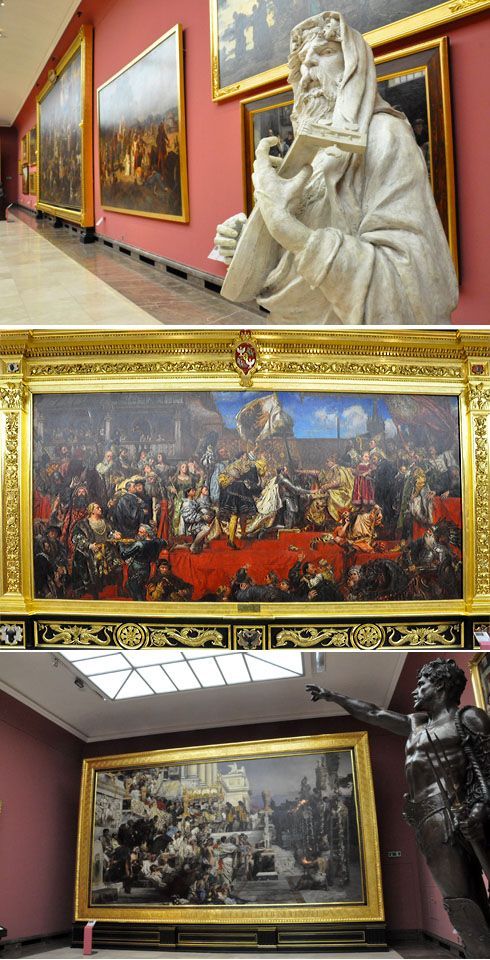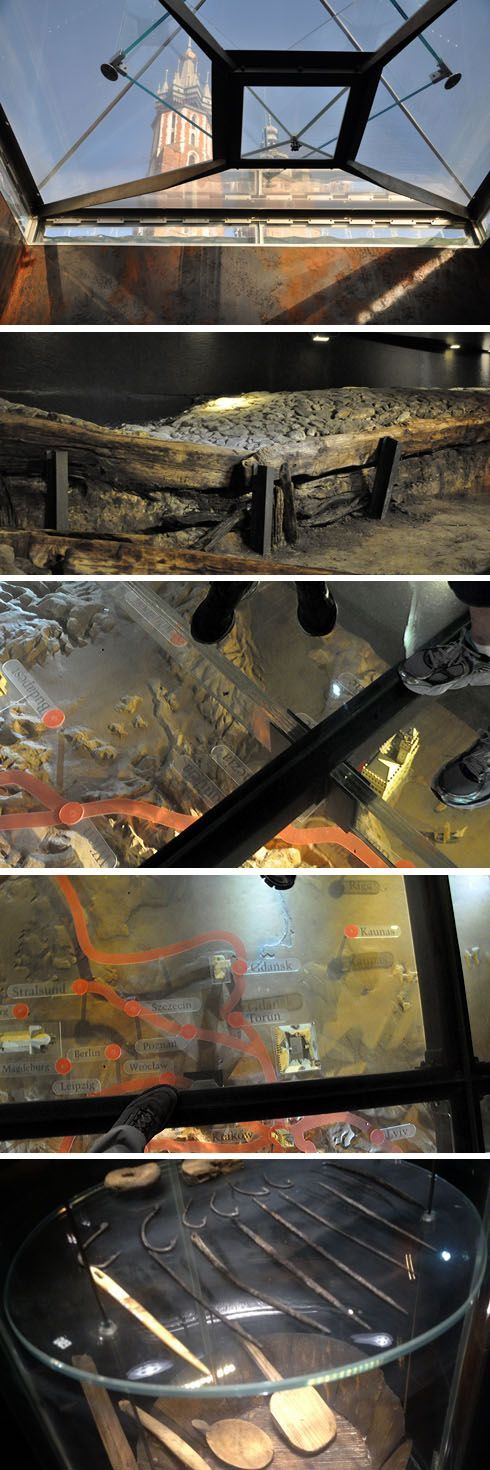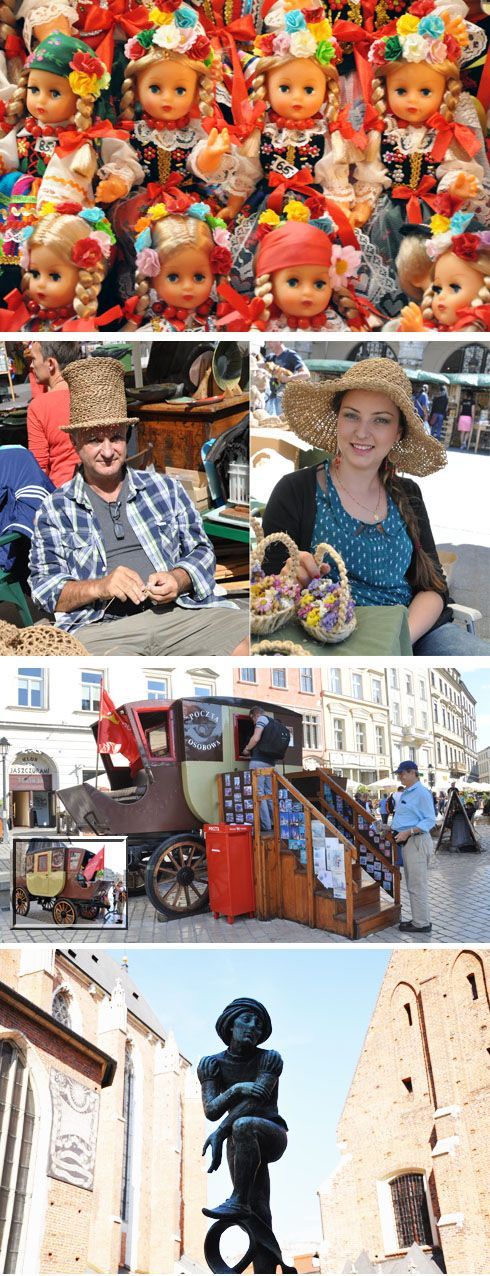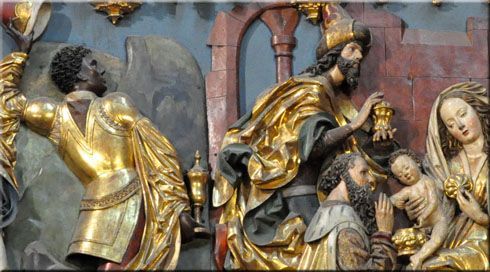- Revenue Cycle Management
- COVID-19
- Reimbursement
- Diabetes Awareness Month
- Risk Management
- Patient Retention
- Staffing
- Medical Economics® 100th Anniversary
- Coding and documentation
- Business of Endocrinology
- Telehealth
- Physicians Financial News
- Cybersecurity
- Cardiovascular Clinical Consult
- Locum Tenens, brought to you by LocumLife®
- Weight Management
- Business of Women's Health
- Practice Efficiency
- Finance and Wealth
- EHRs
- Remote Patient Monitoring
- Sponsored Webinars
- Medical Technology
- Billing and collections
- Acute Pain Management
- Exclusive Content
- Value-based Care
- Business of Pediatrics
- Concierge Medicine 2.0 by Castle Connolly Private Health Partners
- Practice Growth
- Concierge Medicine
- Business of Cardiology
- Implementing the Topcon Ocular Telehealth Platform
- Malpractice
- Influenza
- Sexual Health
- Chronic Conditions
- Technology
- Legal and Policy
- Money
- Opinion
- Vaccines
- Practice Management
- Patient Relations
- Careers
Poland: The Ancient Capital of Krakow
Krakow's historic market square features everything from the "world's oldest hopping mall" to a can't-miss art museum.
We’ve never understood some of our British traveling friends. They come and visit us to get over their jetlag then they head off, usually for Disneyland then any of four destinations: San Francisco, San Antonio, Santa Fe, NM, or Boston.
“Why there?” we ask.
“Well,” they incomprehensibly say. “They are your most European cities.”
We shake our heads and grin, “But you are from Europe!”
And they say, “Yeah! But we have heard so much about those cities.”
OK. Understood, sort of…But when we go to Europe we have a somewhat different approach. We want to see the parts of that continent that are different from North America.
Every country has one such Middle Ages spot and it’s almost always in the center of its oldest city. And it’s so easy to find; every country in its own language calls it simply “Market Square in Old Town” so in Polish that would be Ryneck. That’s where you find the most interesting visitors and natives in any European country, the fun places in Prague and Ruddesheim and Trier and Rouen.
Those places sometimes come with extras. They have enjoyed fast and inexpensive public transportation for more than a century; they have simple hotels as conveniently placed as their train station -- and rivers and their attractions often run nearby. And so, in this Middle Ages capital of Poland, Krakow, you can sit in the shade of the arches of its 14th Century Cloth Hall (its Sukiennice) and sip a coffee or knock back a beer and, looking around you, see everything you’ll be doing in the next 24 hours and it’s all within embarrassingly easy walking distance.
Let’s take a look
It’s easy to find the Cloth Hall — follow the tourists. We never said those great places were private, they are, as you might expect, popular. But there are so many alternative attractions in Krakow, it’s not like Prague where, as has been said before, 95% of the tourists are in 5% of the city.

To get to the Cloth Hall just follow the tourists, especially the horses and carriages; they all end up there even at night.

Local families own the carriage concession which is why both drivers and horses are so beautifully turned out. They are kept busy! In background, top image, St. Mary’s Church (of which more later).
The Cloth Hall has been called the world’s first shopping mall. Around the year 1300 a cloth roof was placed over two stalls where traveling merchants were obliged to sell their wares -- and an early form of sales tax was created! In the 1350s the building was made more permanent but, after a fire in 1555, it was rebuilt as a gorgeous Renaissance palace. The outside arcades were added in 1875. You really are sitting in history.
A shopping center for 700 years it’s no surprise the wares have changed but amber still predominates. Amber, fossilized coniferous tree resin of the Tertiary period, was greatly prized in central Europe, and what is now called Gdansk on Poland’s coast was the northern endpoint in the Amber Trails that stretched from Krakow and Budapest in the south — and created wealth in the medieval towns allied commercially in the Hanseatic League.

Stall in the Cloth Hall. An attractive Titian Blonde proprietor points out that value in a piece of amber includes its size, consistency, color, and whether animal or plant inclusions show in it.
You probably came here a bit jet-lagged on your first day in Krakow and one of the charms of having a lazy day in, around, above, and below the Cloth Hall is that it’s all to hand. Above rises the National Art Museum, like most museums in Poland closed on Mondays. It allows photography without flash or tripod so expect to see tourists standing in front of you holding large iPads. Make the most of the National Museum because the famous image of Leonardo’s Lady with an Ermine is not in its usual home at the Princes Czartoryski’s Museum and, during that museum’s remodeling, is now in Wavel Castle where photography is not allowed.

The National Gallery exhibits 19th-century Polish Art that is beautifully displayed. We particularly wanted to see Jan Matejko’s HoÅ‚d Pruski (Prussian Tribute), our middle image, so we could sense the dismay the Nazis must have felt to see, in this famous painting, how in 1525 the Grand Master of the Teutonic Knights, Albrecht Hohenzollen, had to offer the allegiance of his Prussians, the forerunners of the Germans, to the Polish King Sigismund the Old.
Our lower image has the 1881 bronze Gladiator by Pius Welonski possibly guarding Nero’s Torches the 1876 painting by the Russian Henryk Siemiradski. You can see a larger commercial reproduction of the painting here. Sometimes called Christian Candlesticks it portrays a horrifying insane event in Rome when the Emperor Nero burned Christians alive at the stake. Why? Because he could — and may he be damned!
Renovations to the Cloth Hall revealed an unsuspected underground that has now been developed as the largest underground museum in Europe. It exhibits wooden homes, paved streets and a shopping arcade from the Middle Ages and depicts daily life in those far-off days. Admissions are limited and most of the people standing in a queue already have made a reservation online, so if you are a history buff, explore that early option here.

It’s the largest underground museum in Europe and, if you are a history buff, you will have the patience to see how Krakow looked when houses were made of wood, and roads were crushed stone. A glass floor overlies depictions of how Poland’s roads linked the Hanseatic cities of northern Europe, cities made wealthy by trade in amber and, amongst other essentials, the all-important salt and codfish market.

Graves were discovered during restorations. Two skulls showed evidence of trepanation, one done as part of a treatment by a medieval surgeon, the other suggesting an execution.
Let’s recap

You are in the Cloth Hall in the shade of the arches. Birds fly overhead, probably pigeons. You are looking out at the Rynek GÅ‚owny, the market square. The two towers of St. Mary’s are on the left and the statue of famous poet Adam Mickiewicz is over there on the right. Mickiewicz was so famous and so nationalistic his statue was destroyed by the Nazis. The Germans apparently doled out the same destruction to a monument to the same poet in Warsaw and online postwar stories about partial recovery of “the Mickiewicz” in a Hamburg scrapyard sometimes confuse the two.
The legends of Krakow offer no confusion about the knife hanging from the wall behind you. Two brothers were commissioned to build the separate towers of St. Mary’s Church. The one on the left built by the younger brother rose higher faster and in a jealous rage the older brother killed him with the knife on display. The youth insouciantly dozing by the Mickiewicz statue may be oblivious to its history.
Bottom image: the bottom right image (red dot) shows the location of the enlarged photographs on the left where a trumpeter has just performed the ritual of the heinal, pronounced heynow, it is itself a great legend.
We do understand there should be more to walking around the Rynek GÅ‚owny, the largest market square in Europe, than uncovering tales of monument destruction, fraternal murders, and deadly invasions. But we had time on our own before joining our Insight Vacations Regional Tour, Highlights of Poland and we had this country’s fascinating history to explore before we joined the others in our group.
Insight is offering a wider tour of the same length of three central European counties such as Luxury Gold Bohemian Rhapsody that encompasses Poland, the Czech Republic, and Austria but the Regional tour itself offers plenty of luxury and covers the whole of Poland. If the luxury of your travel is a huge component of satisfactory travel, more than where you go, then choose Insight Gold and prepare to be as pampered as on an upscale ocean cruise.

But a lot of what everyone would want to see is still around us without walking more than a few yards. Souvenirs, for example. Many guides say the prices in this shopping mall that has been around for 700 years, the Cloth Hall, are quite competitive from the amber we have previously mentioned to Polish dolls in the market place, there under the yellow tents, to hand-made flower baskets made as you watch a craftsman and his daughter create them. And if you wonder why a genuinely old stage coach stands in the market square, it’s because once it stood there so locals could mail letters from it (and still do).
But before we leave the market place our passion—maybe obsession—with history has to betray itself. This market square of the Middle Ages has a church, St. Mary’s, with perhaps the most beautiful altar in the world and, although we are not Catholics, we feel our images will substantiate that comment.
Our guide directs us the hundred yards or so near the entrance that brings us to a small statue in the east side of the square. It stands beside St. Mary’s In the Plac Mariacki in front of St. Barbara’s Church. A small water pump there is decorated with the figure of “a student in medieval Krakow.” It’s a copy of a tiny component in the famous Veit Stoss altar and that, the largest Gothic altarpiece in the world and called “Poland’s National Treasure” is the subject of our next Poland article. The altarpiece was carved between 1477 and 1489. It rises 42.65 feet high, and 36 feet wide when the three panels of the triptych are opened. The many figures themselves stand more than 12 feet high. Here, below, is a preview that, given the limitations of this website, cannot do justice to how immense this impressive wood carving is. It is the detail of one of our favorite panels: The Adoration of the Magi.

Adoration of the Magi
Photography by the authors
The Andersons, who live in San Diego, are the resident travel & cruise columnists for Physician's Money Digest. Nancy is a former nursing educator, Eric a retired MD. The one-time president of the New Hampshire Academy of Family Physicians, Eric is the only physician in the Society of American Travel Writers. He has also written five books, the last called The Man Who Cried Orange: Stories from a Doctor's Life.
